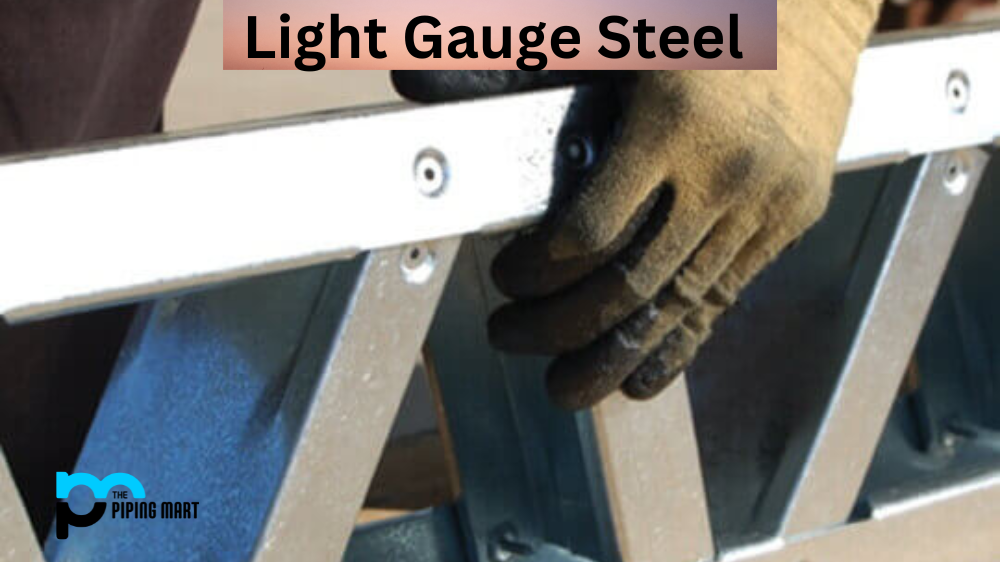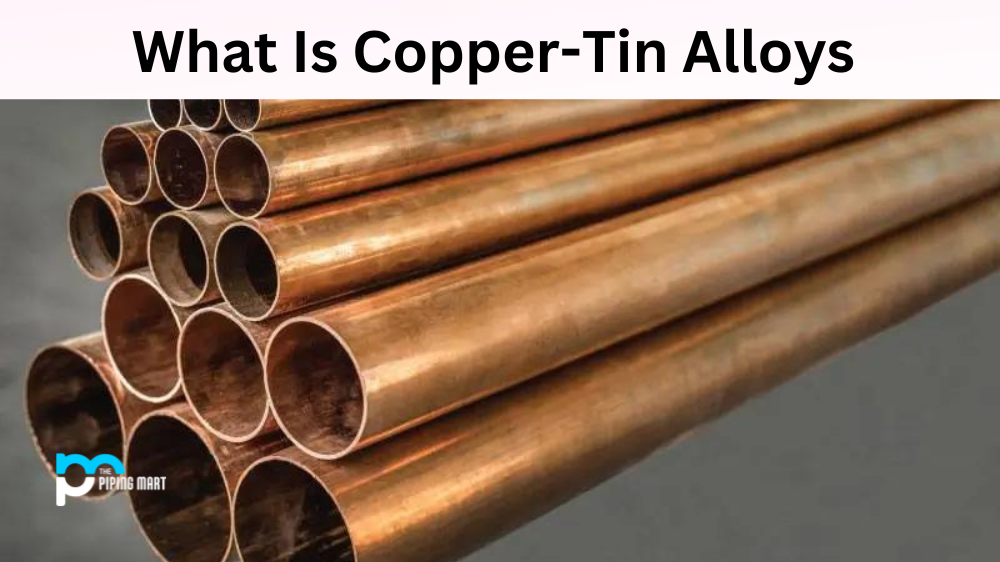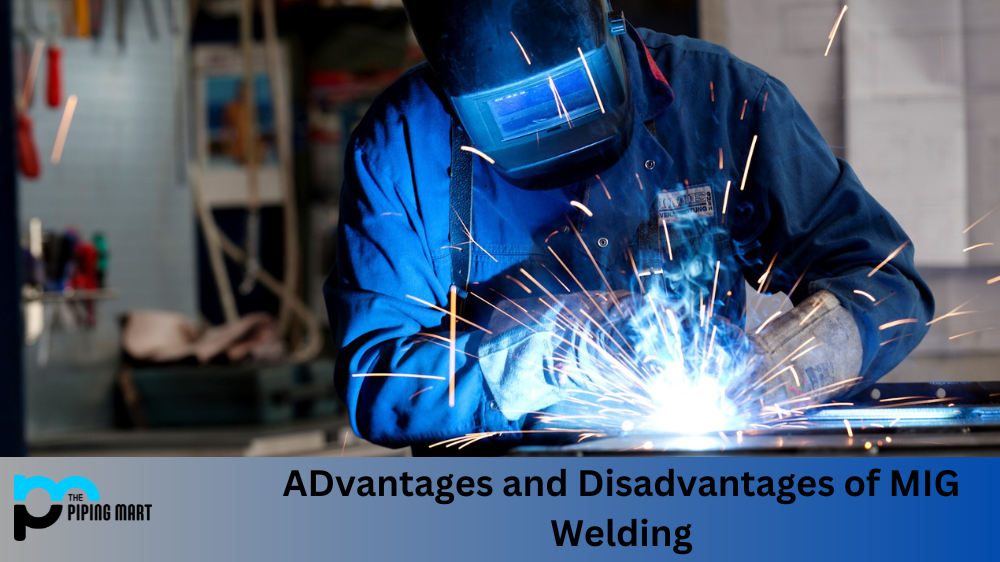Aluminum and zinc are two metals known for their self-protective qualities. But what exactly makes them so special? This blog post will explore why aluminium and zinc are considered self-protective metals, how they protect against corrosion, and why they’re a popular choice for structural applications.
The term “self-protecting” describes metals that can form protective layers on their surface that prevent damage from occurring. This layer of protection prevents corrosion caused by exposure to air or other elements.
Aluminum is an alloy with high corrosion resistance due to its ability to form a thin oxide layer on its surface when exposed to oxygen. This thin oxide layer acts as a barrier between the metal and the environment, preventing moisture and other corrosive elements from coming into contact with it. Furthermore, aluminium can also form a protective layer when exposed to salt water, making it particularly useful in marine environments where corrosion can be a major issue.
Zinc is another type of metal that has been found to have self-protecting properties. Like aluminium, zinc forms a thin oxide layer on its surface when exposed to oxygen or other elements, such as salt water. This protective layer prevents moisture and other corrosive substances from coming into contact with the metal itself. Additionally, zinc has been found to actively repair any existing damage caused by corrosion over time, making it an even more effective self-protective metal than aluminium in certain applications.
Conclusion:
Aluminium and zinc are two metals known for their self-protecting qualities due to their ability to form a thin layer of oxide on their surfaces when exposed to air or other elements such as salt water. This oxide layer acts as a barrier between the metal and the environment, preventing any moisture or corrosive substances from causing damage over time. Both metals have proven themselves invaluable in structural applications ranging from marine environments, where corrosion can be a major issue, all the way through industrial applications, where long-lasting protection is necessary for optimal results. With these two metals at your disposal, you can rest assured that your structures will remain safe from corrosion for years!

Pipingmart is B2B portal specializes in industrial, metal and piping products. Also, share latest information and news related to products, materials and different types grades to help business dealing in this industry.




